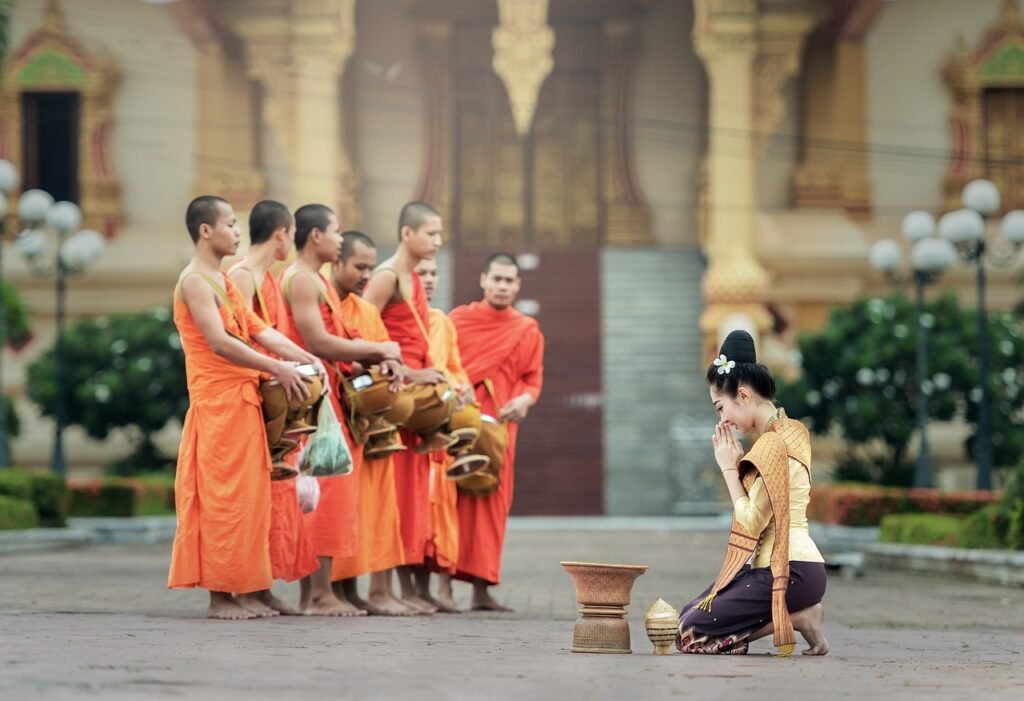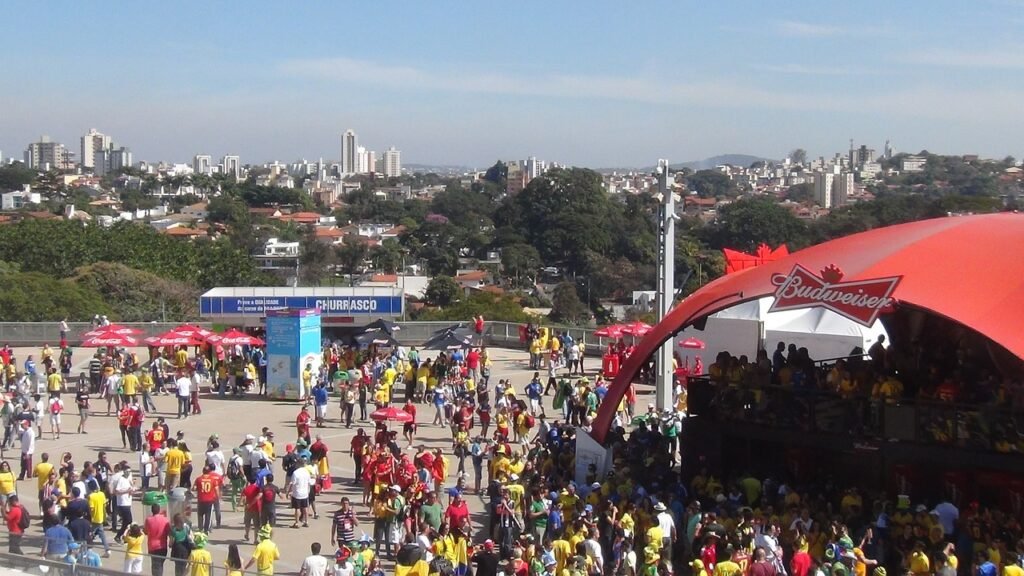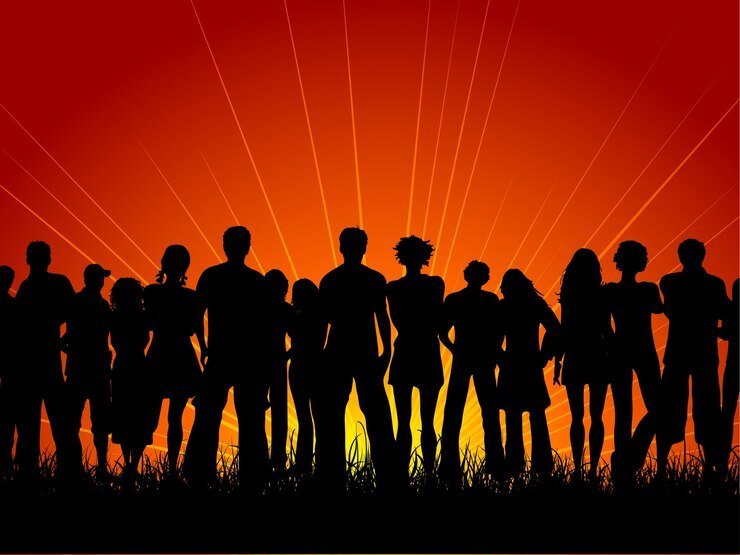Human Gathering Cult: The term “cult” frequently summons pictures of solitary dedication, exclusive practices, and levels of responsibility that challenge the limits of conventional cultural standards. However, imagine a scenario where we turn our focal point to an alternate sort of cult — one whose customs include the actual quintessence of human cooperation, and whose effect on our way of life is however significant as it could be boundless. Enter the ‘Human Gathering Cult’— a cultural phenomenon deeply entrenched in the threads of our societal fabric.
In this examination, we’re not looking at cults in the traditional sense. Instead, we’re dissecting a broad yet influential trend where human connection is the core doctrine, and collective experiences are the sacraments through which we define our identities, create our memories, and construct our values. From the ancient rites of our ancestors to the mass festivals of the modern era, the human gathering cult has evolved continuously, and its significance is immeasurable.
Historical Context: Origins and Evolution
From the dawn of civilization, humans have congregated. These gatherings were not mere happenstances but were structured and purposeful events that lay the groundwork for communities’ social, spiritual, and sometimes political lives. Initially, these might have been hunting parties or nomadic groups meeting at fixed points to exchange goods and stories. Later, these gave birth to religious congregations, philosophical debates, and artistic expositions.
Yet, it wasn’t until the rise of organized religions and monumental architectures like the Stonehenge or the Pyramids that we see the human gathering cult in its most explicit form. These venues were not just for ceremonial observation but were epicenters for community convergence, where the crowd itself held a spiritual and unifying essence.
Characteristics of the Human Gathering Cult

Shared Beliefs and Practices
The essential element of the human gathering cult is the shared belief or interest that brings people together. While the original religious and spiritual gatherings were driven by faith, modern shifts have diversified these focal points. Today, music festivals, sports events, and even political rallies bring together masses based on shared aesthetics, passions, or ideologies. The power of belief is such that it can create a tribal cohesion among the most diverse and dispersed demographics.
Community Dynamics and Rituals
A cult is distinguished by its rituals, and for the human gathering cult, these are the very events that define it. The act of assembling, participating, and collectively engaging in a shared experience are the rites that validate the gathering. Each event has its ceremonies — the pre-game rituals, festival line-ups, or the ‘once-in-a-lifetime’ pop-up events are as dedicated and detailed as any esoteric procedure you’d find in a traditional cult.
Impact on Participants and Society
The implications of such gatherings expand beyond the personal experiences of the participants. The sense of unity and belonging fostered within these gatherings acts as a cultural adhesive, reinforcing collective identities and societal values. The afterglow of these events can be a force of great unification, which transcends labels, or, in some instances, a rallying banner for a cause or movement.
Case Studies of Notable Cults
The World Economic Forum in Davos, Switzerland
This selective yearly assembling of worldwide pioneers is something beyond a gathering. It’s a nexus of power, where agreements are forged and narratives for the year ahead are crafted. Its influence reaches far beyond the Alps, shaping global policies and business strategies. Yet, it stands as a controversial example of high-level exclusivity in the era of transparency and inclusivity.
Burning Man Festival in Black Rock City
Burning Man has become an emblem of alternative cultural expression. It’s a temporary city dedicated to radical self-expression, community, and art. With a focus on sustainability and leaving no trace, it has cultivated a unique and devoted community around the world, inspiring subcultures and communal living practices.
Twitter Chats and Hashtag Movements
The digital landscape has redefined the structures and scales of gatherings. Twitter chats and hashtag movements have turned the social media platform into an instant gathering. These digital flash mobs set global agendas, raise awareness about issues, and create an echo chamber that amplifies voices, for better or for worse.
Controversies and Misconceptions
Addressing Common Misunderstandings
Misinformation and unsubstantiated rumors often color the perception of any gathering involved significant numbers. However, it’s essential to separate sensationalism from fact. Not all large-scale gatherings are potential dangers or cults in the destructive sense. Most are celebratory, altruistic, and contribute positively to the social tapestry.
Discussion on Ethical Concerns and Criticisms
Despite their often-romanticized portrayal, human gathering cults can spark ethical debates. Concerns about security and behavior, especially in instances where gatherings lead to overcrowding, must be addressed. Organizers bear the responsibility to ensure the wellbeing of their attendees and the surroundings.
Modern Perspectives: Relevance in the Digital Age

In the age where physical distance is no longer an absolute, the traditional sense of gathering has expanded to include virtual reunions, online communities, and live stream participation. This digital adaptation provides accessibility and inclusivity that were previously unattainable. However, it also presents challenges in authenticity and depth of connection.
Conclusion: The Pillars of the Human Gathering Cult
The human gathering cult cannot be reduced to a singular thread in our cultural tapestry; it’s a complex weaving of history, beliefs, practices, and modern adaptations. Its impact on our communities and societies is undeniable, and its study offers insights into the human need for connection, shared experiences, and social integration.
Exploring the depths of this cultural phenomenon invites us to participate, analyze, and appreciate the myriad forms of human togetherness that define our present and future. It’s an invitation to all who seek to understand the rich mosaic of human life and the power inherent in the gatherings we curate, attend, and cherish.
FAQs
What exactly is a human gathering cult?
A human social event faction alludes to any gathering who meet up in light of shared convictions, interests, or belief systems. This can go from strict and profound social occasions to live concerts, games, and, surprisingly, computerized get-togethers like Twitter talks and hashtag developments.
Are all large gatherings considered to be cults?
Actually no, not all huge social affairs are viewed as cliques in the conventional, negative feeling of the word. The expression ” cult ” here is utilized all the more extensively to imply an aggregate devoted to a particular reason or conviction. While some gatherings can have cult-like behaviors, most are celebratory, educational, or advocacy-oriented.
How do digital gatherings compare to physical ones?
Advanced get-togethers offer more noteworthy openness and inclusivity, permitting individuals from various geological areas to partake without actual travel. Notwithstanding, they likewise present difficulties in making a feeling of genuineness and profundity of association that actual social occasions can offer all the more normally.
Can participation in these gatherings have a positive impact on society?
Yes, cooperation in these social occasions can cultivate a feeling of solidarity, having a place, and aggregate character among people. They can go about as social glues that upgrade cultural qualities, advance unselfishness, and catalyze social change. Nonetheless, it is vital for coordinators and members to address moral worries and guarantee the prosperity of all included.
How has the concept of human gathering cults evolved over time? The idea of human social event cliques has developed from principally strict and otherworldly get-togethers to incorporate a wide exhibit of collective exercises. With the appearance of advanced innovation, the extent of social events has extended further to incorporate virtual networks, improving the manners by which individuals can associate, share, and team up.










